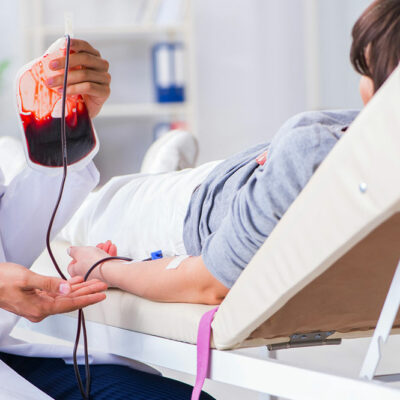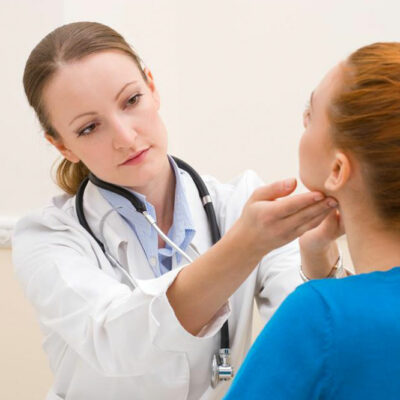
Health
6 Beneficial Foods for Multiple Sclerosis Patients
Multiple sclerosis affects a person when their immune system mistakenly begins to attack myelin, the fatty substance that protects the nerve fiber. As a result, the nerves begin losing their ability to send electrical signals from the brain to the body, affecting the spinal cord, brain, and optic nerves. Certain dietary factors can play a vital role in treating multiple sclerosis, and listed below are some of the foods to eat for managing multiple sclerosis: Foods rich in vitamin D : Multiple sclerosis is most often diagnosed in people with a deficiency of vitamin D. Although the best source of vitamin D is sunlight, citrus fruits, cereals, yogurt, fatty fish, egg yolks, and orange juice are excellent dietary alternatives. One can also take vitamin D supplements after consulting a doctor to prevent the progression of this disease. Whole grains : Whole grains are one of the most effective foods to eat for treating multiple sclerosis. They are great sources of fiber as compared to refined flour, and they help balance blood sugar levels, encourage healthy bowel movement, and increase energy levels. Whole grains also keep the blood cholesterol levels in check, promoting heart health. Brown rice, oats, and quinoa are a few whole grains that one can include in their daily diet to deal with multiple sclerosis.
Read More 















